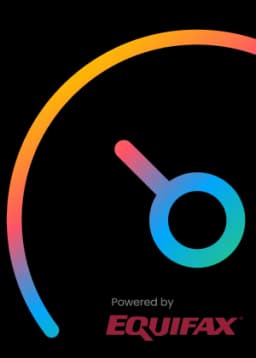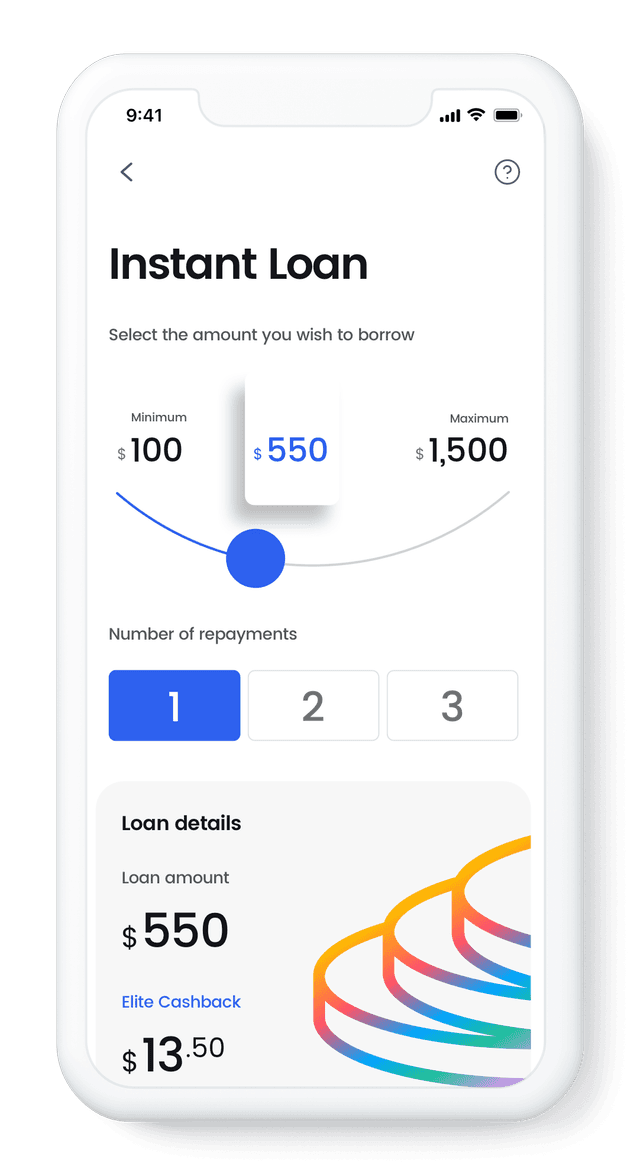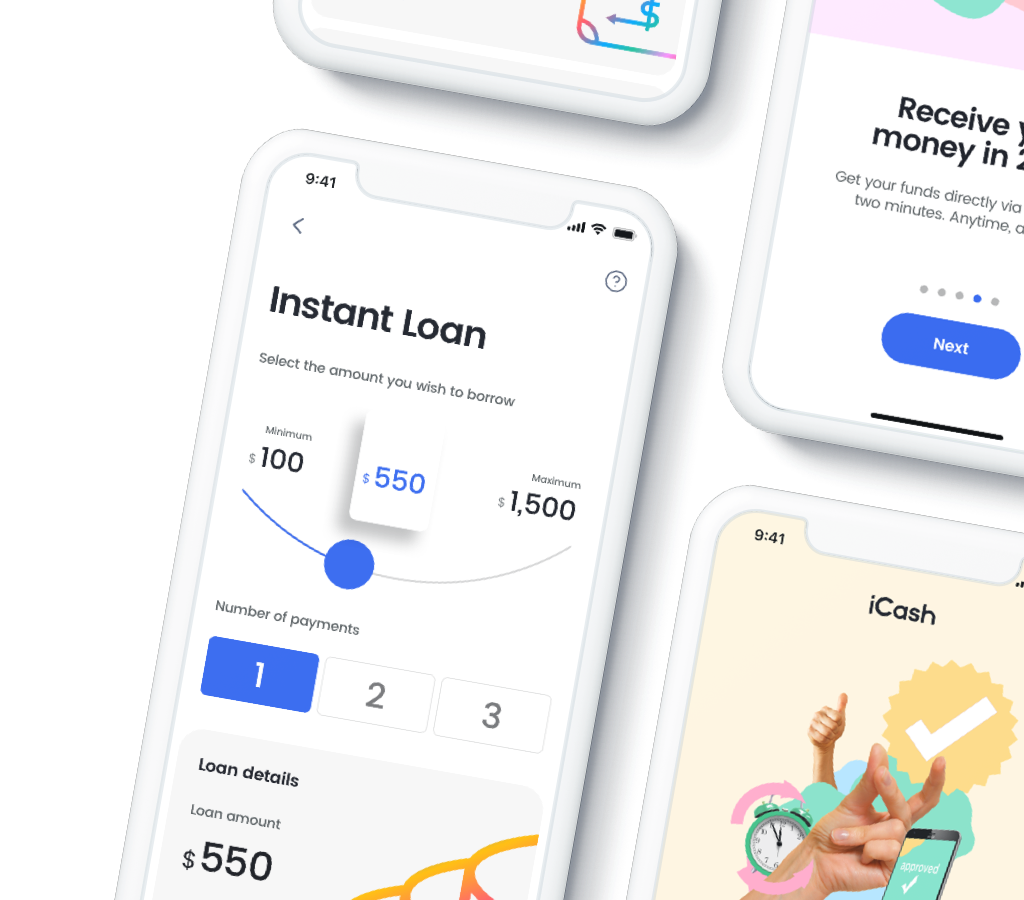Overdrafts can be helpful when you need a little extra cash to cover unexpected expenses or when you're running low on funds before payday. With overdraft, you can withdraw more money from your bank account than you have available, making it ideal for unexpected emergencies like larger grocery bills, medical expenses, etc.
However, they can also be incredibly expensive and risky. According to a report by the Financial Consumer Agency of Canada (FCAC), in 2020, 31% of Canadians had overdrawn their checking accounts at least once in the past year. That same report found that the average fee charged per transaction in Canada was $28.87. That can seriously add up over time, depending on the amount of transactions you conduct.
In this blog, we'll look at which Canadian banks allow you to overdraft immediately, the risks involved, and some alternatives that are worth considering.
Which Banks Offer Immediate Overdraft Protection In Canada?
Most Canadian banks allow customers to overdraft their accounts immediately, meaning that you can withdraw more money than you have available in your account without waiting for approval. These banks include:
It's important to note that not all accounts offered by these banks have this type of protection, so it’s highly advised to check with your bank to see if this feature is available to you before you withdraw or use more money than you actually have, otherwise you could be facing some exorbitant fees.
Banks with Overdraft
Let's take a closer look at each of the banks that offer overdraft protection.
1. Royal Bank of Canada (RBC):
To help its customers avoid fees and negative balances, RBC provides an RBC overdraft line of credit. This line of credit provides a predetermined amount of credit that can be used to cover overdrafts. However, interest is charged on any amount borrowed, and additional fees are associated with this service.
2. Toronto-Dominion Bank (TD Bank):
TD Bank's approach is through its TD Overdraft Protection Line of Credit, which is linked to your chequing account. This line of credit provides a fixed amount of credit that can be used to cover overdrafts. It's important to note that interest is charged on the borrowed amount, and there are fees associated with this service.
3. Bank of Montreal (BMO):
BMO offers an Overdraft Protection Line of Credit, which is linked to your chequing account and provides a specific amount of credit to cover any overdrafts. You will be charged interest on the amount borrowed, as well as fees associated with this service.
4. Canadian Imperial Bank of Commerce (CIBC):
If you're looking for overdraft protection, CIBC's Overdraft Protection Service allows you to overdraw your account up to a predetermined limit. However, interest is charged on the borrowed amount, and additional fees are associated with this service.
5. Scotiabank:
Scotiabank's approach is its ScotiaLine Personal Line of Credit, which is linked to your chequing account and provides a certain amount of credit that can be used to cover overdrafts. Nevertheless, it's important to keep in mind that you will be charged interest on any borrowed amount, and there are fees associated with this service.
Risks Involved with Overdraft
While overdraft protection can be a useful tool in certain situations, there are several risks involved that you should be aware of:
Overdraft Fees for Canadian banks
Banks charge fees for these types of services, including interest on the amount you borrow and additional fees for each transaction that causes an overdraft. These fees can add up quickly, especially if you use it frequently.
High-interest rates
Interest rates for overdraft protection can be high, which means you'll end up paying more for the convenience of using this service. Over time, the amount of interest you pay can add up, especially if you don't pay it off quickly.
Increased debt
Overdrafts can quickly add up, and if you're not careful, you can end up in additional debt. It's important to keep track of your spending and make sure you can repay it as soon as possible. If you don't, you could end up with a significant amount of debt and damage your credit score.
Risk of account closure
If you frequently use overdraft protection or have a large overdraft balance, your bank may decide to close your account. This can cause significant inconvenience and may make it difficult for you to open a new account with another bank.
Should You Overdraft at an ATM?
Overdrafting at an ATM can be a tempting option if you find yourself in a cash crunch. However, it's important to carefully consider the potential costs and consequences.
When you withdraw money from an ATM and your account doesn't have enough funds to cover the withdrawal, your bank may allow the transaction to go through anyway, but they will charge you a fee. This fee can range from a few dollars to over $30, depending on the bank.
Furthermore, it can negatively impact your credit score and financial health. Frequent overdrafts can be seen as a sign of financial instability by lenders and credit agencies, which could make it harder for you to get approved for loans or credit in the future. These are all things that need to be seriously considered beforehand.
Alternatives to Overdraft
Overdrafts can be a convenient way to access short-term credit, but they can also be expensive and carry high fees and interest rates. Fortunately, there are several alternatives that you can consider:
Personal loans
A personal loan can provide you with a lump sum of money that you can use to cover your expenses. Unlike overdrafts, personal loans typically have fixed interest rates and repayment terms, making them easier to budget for.
Credit cards
Credit cards can be a good alternative, but only if you use them responsibly. They can provide you with a line of credit that you can use for your purchases and expenses, and many cards offer rewards and cash back incentives. However, a survey conducted by the credit monitoring company Credit Karma in 2020 found that 43% of Canadian credit cardholders had exceeded their credit limit at least once in the past year, resulting in fees and interest charges. Which is why this option should be used sparingly.
Line of credit
A line of credit is a revolving credit account that works like a credit card, but typically has lower interest rates. You can draw on your line of credit as needed, up to your credit limit, and only pay interest on the amount you borrow.
Savings
If you have a savings account, you can use it as an alternative. Instead of paying overdraft fees, you can withdraw money from your savings account to cover your expenses. Just make sure to replenish your savings when you’re able to.
Budgeting
One of the best alternatives to is to simply create and stick to a budget. By tracking your income and expenses, you can avoid overspending and ensure that you always have enough money to cover your bills.
Options for Bad Credit
If you have a low credit score, you might be worried about making it worse by conducting several overdraft transactions. However, iCash can help you with an instant loan instead! Our application process is quick and easy, you receive your funds via e-Transfer on the same day and almost anyone can get approved, regardless of credit.











